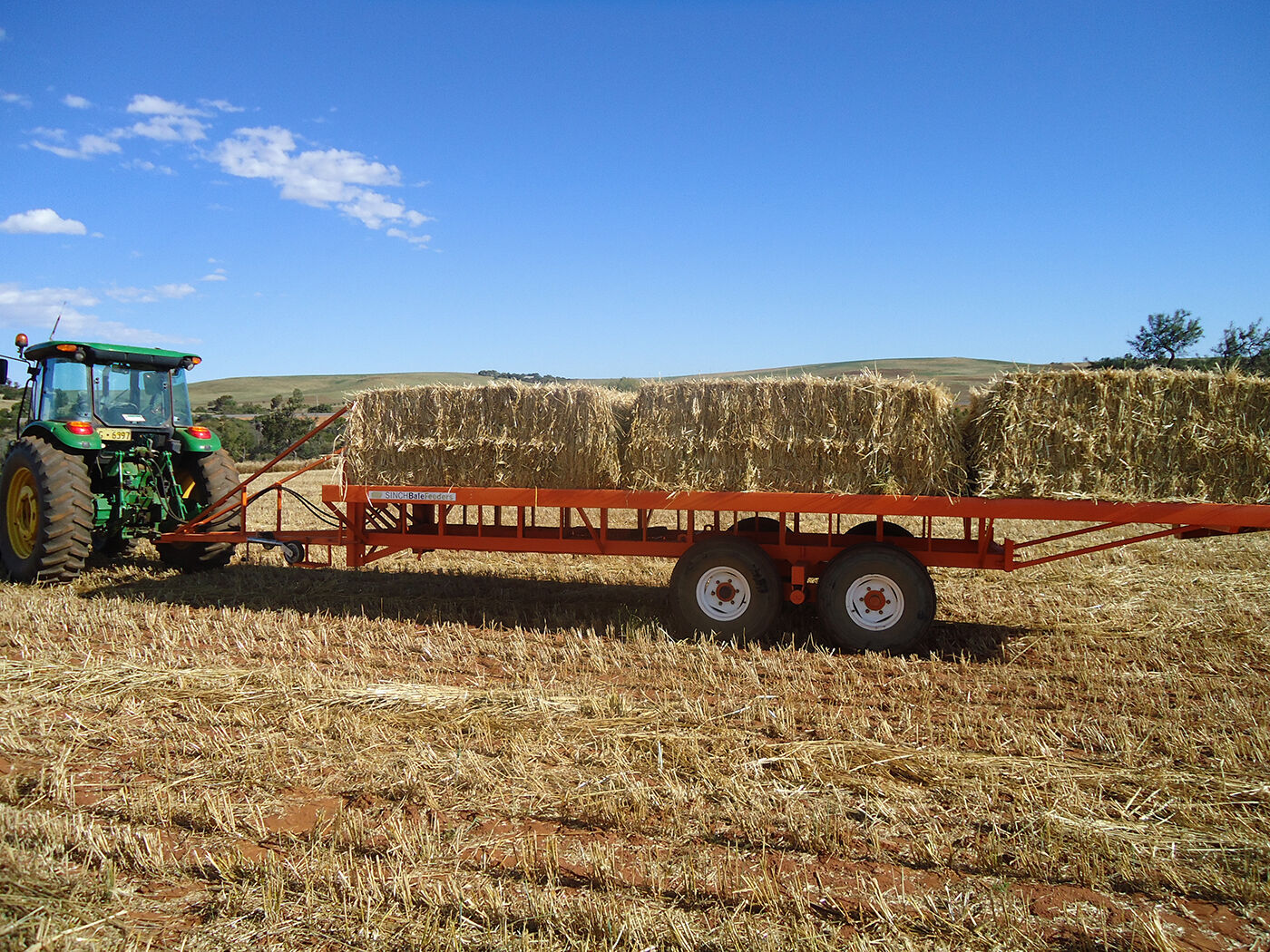
How to Extend the Lifespan of Your Bale Feeders: Maintenance Tips and Tricks
Bale feeders play a crucial role in efficiently distributing feed to livestock, helping to ensure their well-being and productivity. Proper maintenance of bale feeders is essential to enhance their longevity and ensure they function at their best. In this comprehensive guide, we will explore various maintenance tips and tricks to extend the lifespan of your bale feeders, keeping them in excellent condition for years to come.
How to Extend the Lifespan of Your Bale Feeders: Maintenance Tips and Tricks
1. Conduct Regular Inspections
Performing routine inspections is the foundation of effective bale feeder maintenance. Regularly check for signs of wear, loose bolts, and any damage that may affect the feeder's performance. Inspect the feeding mechanism, frame, and connections to identify potential issues early on.
2. Lubricate Moving Parts
Proper lubrication is vital to minimize friction and wear between moving parts. Apply a suitable lubricant to hinges, pivot points, and chains regularly. This prevents corrosion and ensures smooth operation, extending the lifespan of your bale feeders.
3. Clean the Feeding Mechanism
Cleanliness is crucial when it comes to bale feeder maintenance. Remove any debris, dirt, or feed buildup from the feeding mechanism. Clogged or dirty parts can impede functionality and lead to unnecessary strain on the equipment.
4. Address Rust and Corrosion
Over time, bale feeders may develop rust and corrosion due to exposure to the elements. Regularly inspect for such issues and promptly address them. Remove rust, apply rust-resistant coatings, and keep your feeder protected from the elements to prevent further damage.
5. Store Indoors During Off-Season
If possible, store your bale feeders indoors during the off-season or when not in use. This protects them from harsh weather conditions and reduces the risk of damage, ultimately extending their lifespan.
6. Use High-Quality Bale Nets
Invest in high-quality bale nets to minimize wastage and reduce wear on the feeder. Durable nets ensure that the bales are securely held together, preventing them from breaking apart and causing unnecessary strain on the feeder.
7. Employ Rotation Strategy
If you have multiple bale feeders, use a rotation strategy to evenly distribute the workload. This prevents overuse of specific feeders, reducing wear and tear on any single unit.
8. Keep Livestock Well-Trained
Ensure your livestock is well-trained to use the bale feeders properly. Improper use, such as excessive force on the feeding mechanism, can lead to premature wear. Train your animals to use the feeder gently and efficiently.
9. Perform Seasonal Maintenance
Adapt your maintenance routine according to the seasons. Pay extra attention before harsh weather conditions, such as winter, to ensure your bale feeders are prepared to withstand the elements.
10. Follow Manufacturer's Guidelines
Always refer to the manufacturer's guidelines and recommendations for maintenance and operation. Adhering to their instructions will help you optimize the performance and lifespan of your bale feeders.
11. Check for Loose Bolts and Nuts
Regularly inspect and tighten any loose bolts and nuts to prevent structural issues and potential hazards.
12. Ensure Proper Alignment
Check the alignment of your bale feeders regularly. Proper alignment ensures smooth operation and reduces stress on the equipment.
13. Keep Surrounding Area Clean
Maintain the area around the bale feeders clean and free from obstacles. This prevents unnecessary stress and damage to the feeder during use.
14. Store Spare Parts
Keep spare parts on hand for quick replacements when needed. This ensures minimal downtime and prolongs the lifespan of your bale feeders.
15. Monitor Feed Quality
Monitor the quality of the feed you're using in the bale feeders. Poor-quality feed may contain contaminants that can damage the equipment over time.
16. Protect Against Pest Infestations
Implement measures to protect your bale feeders from pest infestations, as pests can cause damage to the feeding mechanism.
17. Train Staff on Maintenance
If you have staff members responsible for feeding livestock, provide them with proper training on bale feeder maintenance to ensure consistent care.
18. Opt for Galvanized or Stainless-Steel Feeders
Consider investing in galvanized or stainless-steel bale feeders, as they are more resistant to rust and corrosion.
19. Avoid Overloading
Do not overload the bale feeders beyond their recommended capacity. Overloading can cause strain and damage to the equipment.
20. Insulate Electrical Components
If your bale feeder has electrical components, ensure they are properly insulated to protect them from environmental factors.
21. Conduct Periodic Load Tests
Perform load tests periodically to check the integrity of your bale feeders under pressure.
22. Upgrade Older Models
If you have older bale feeders, consider upgrading to newer models with advanced features and improved durability.
23. Collaborate with Experts
Consult with experts in the field of bale feeder maintenance to gain valuable insights and recommendations.
24. Monitor Feed Consumption
Keep track of your livestock's feed consumption patterns to detect any irregularities that may indicate issues with the bale feeder.
25. Implement Safety Measures
Ensure safety measures are in place to protect both the livestock and personnel interacting with the bale feeders.
By following these maintenance tips and tricks, you can significantly extend the lifespan of your bale feeders and ensure their efficient operation. Regular inspections, proper lubrication, cleanliness, and thoughtful care will keep your bale feeders in excellent condition, benefiting both your livestock and your bottom line.

Post a Comment
No comments yet. Start a discussion!